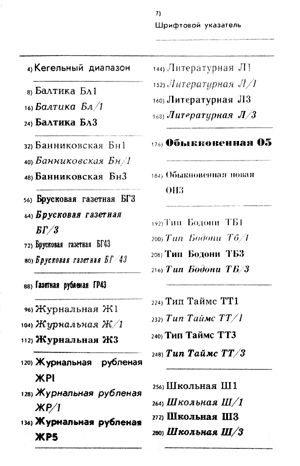|
Artemy Lebedev
§ 99. Laws of designJanuary 26, 2003 |
|
Laws are what design doesn’t have. Never had’em. Never will. |
|
What does exist are recommendations, tips, lists of life experience cases. There are “10 major mistakes” and “7 golden rules”. But no laws. |
|
If design were a science (it is as much a science as chess is a sport), one could speculate about things that can only be this way and no other. But design, just as any other art or means of creative expression, as any way of communication between different people, or language, or thought—is apt to get around any laws. |
|
So there is a point in talking about limitations applicable to this or that case. The alcohol industry rarely depicts lushed-up bums reclining under a bench. Similarly, mobile operators don’t advertise their users’ exultation at the sight of the Network Busy notification on the screen of a mobile phone. But each of the industries can make use of the scenario spurned by the other: a) a scene at a bar, he’s got a Network Busy warning on his phone, which makes him as happy as a clam and he gets tanked up; b) bums are lying under benches, babbling away, enjoying a cheap calling plan. |
|
It’s pretty easy to take any rule and show how it can be disregarded just like that. For example, according to popular belief, it’s better to use only one font in page layout. But it’s not the case. |
|
We can definitely assert that even if only one font is used, you can’t help changing its face one way or another. There’s nothing bad about combining two, three, four fonts on one page. Beginner designers often use versatile fonts to make up for their lack of expression means. But rejecting design purely on a ground that several different fonts are present would be a rigid formalism. |
|
|
If samples of thirty-five faces of twelve typefaces are printed on a page, it really looks lovely: |
 |
Yefimov, V.V. (1985). Fotonaborniye shrifty: Katalog-spravochnik (Vyp. 2). Moscow: Kniga |
|
If the same fonts are simultaneously printed in a usual magazine article, it’ll look awful. Or it won’t—depending on the kind of the magazine and article you’d be looking at. There’s an odd exception to every knotty rule. |
|
Below is a shortlist of “laws” off the top of the “Mandership” author’s head which he oftentimes hears both designers and customers enunciate:
|
|
It’s not just because there are thousands of examples to refute any of these assertions. The problem is that none of assertions of this sort can possibly be viewed as a general rule. They are right only sometimes. |
|
The knowledge of such “laws” causes designers and customers to suffer. They suffer, because they adhere to limitations that can be applied under certain circumstances, but are no way universal. |
|
So laws are what design doesn’t have. Never had’em. Never will. |
|
|
|